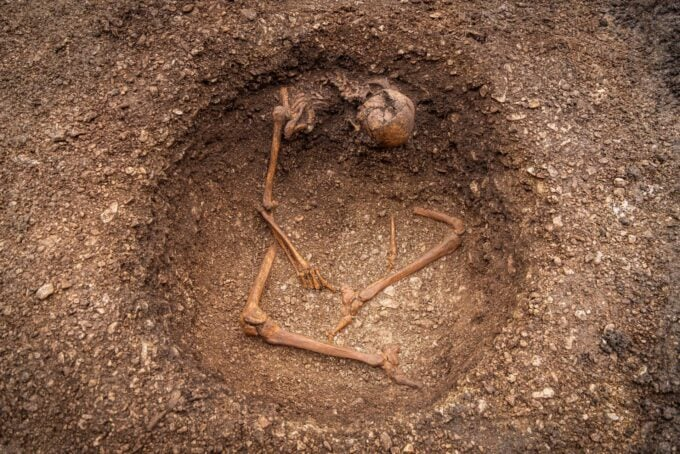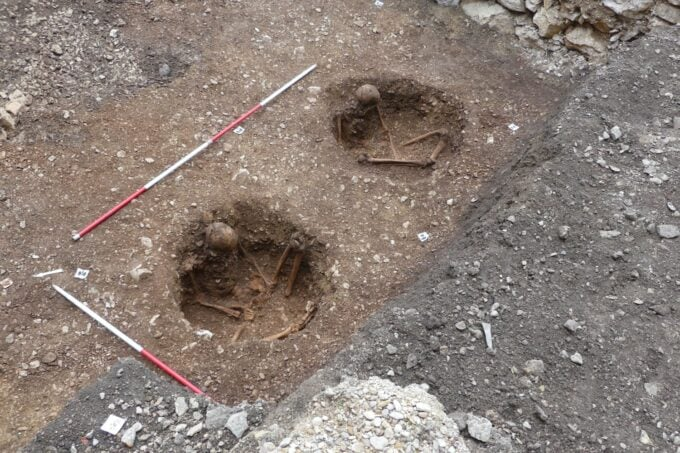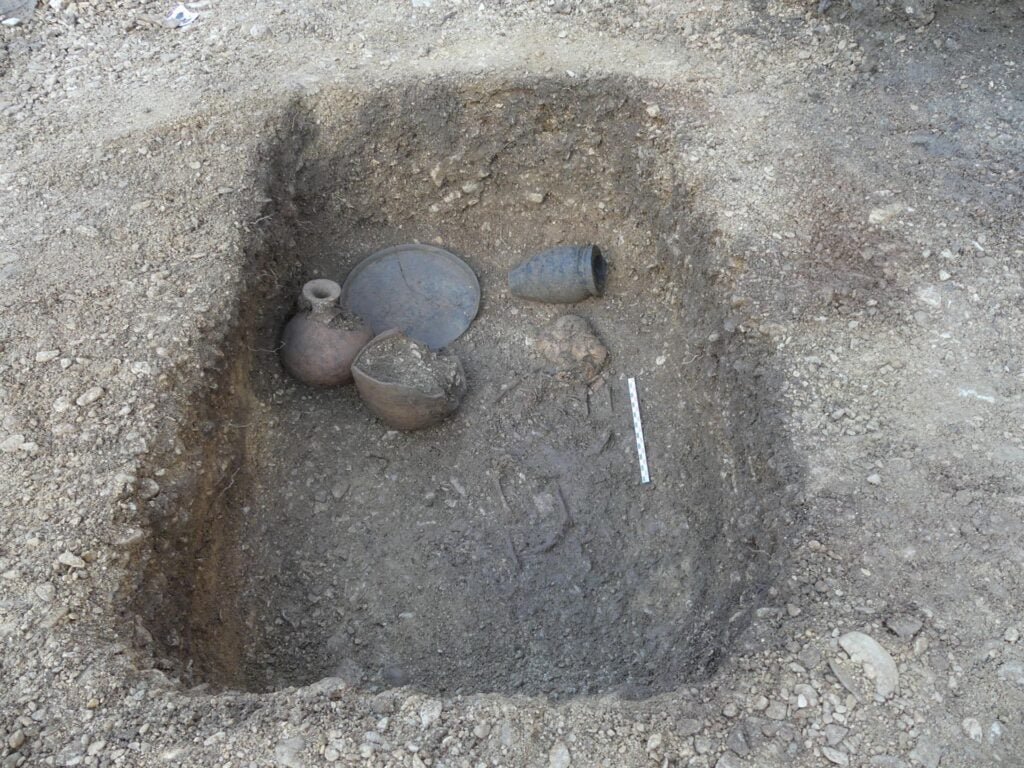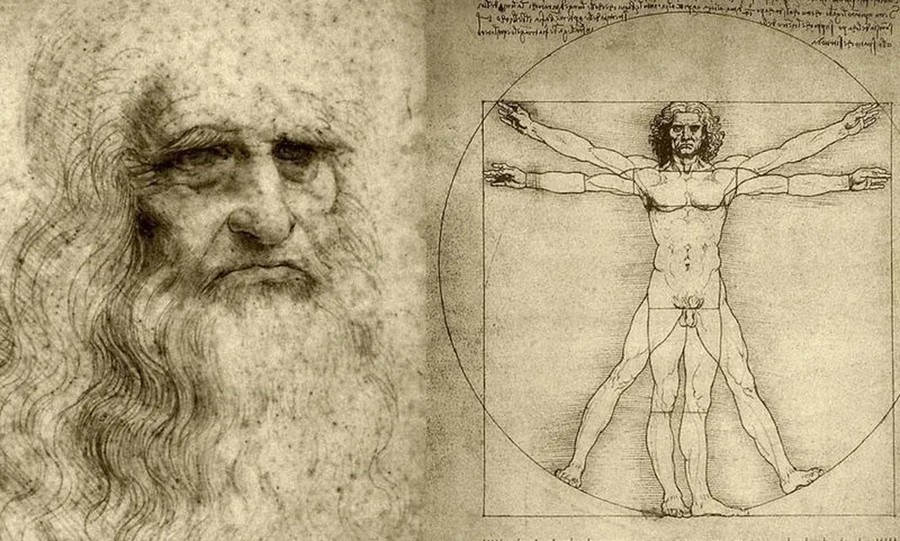A team of archaeologists excavating a former convent garden in Dijon, France, has uncovered a fascinating collection of ancient burials. Among the finds are a rare group of Gallic graves, where individuals were buried in an unusual seated position, as well as a children's necropolis dating back over 2,000 years.
Mysterious Seated Burials: A Rare Discovery
The Gallic graves, dating between 450 and 25 BCE, are highly unusual because the deceased were placed sitting upright, all facing west. According to the National Institute for Preventative Archaeological Research (INRAP), this burial style is extremely rare, with only a dozen similar examples known—nine in France and three in Switzerland.
Seated Gauls in an Iron Age site in Dijon. Photo: © Hervé Laganier, Inrap
Archaeologists are still trying to determine why these individuals were buried in such a manner. The positioning suggests they may have held special religious or political status within their community or belonged to the same lineage.
A Children’s Necropolis from the 1st Century CE
In addition to the Gallic burials, researchers uncovered a separate section of the cemetery containing the remains of 22 children. Many were likely under a year old at the time of death and were buried in traditional positions—either on their backs or sides.
Evidence suggests some of the children were originally laid to rest in wooden coffins, as indicated by the discovery of nails and stone casings. Some graves also contained objects such as ceramic vessels and coins, likely placed as offerings. Unfortunately, modern agricultural activity has destroyed several of the graves, making it difficult to determine the full extent of the burial site.
Traces of Later Uses: Agriculture and Butchery
Beyond the graves, the excavation revealed planting pits from the Gallo-Roman period, suggesting that the land was later repurposed for agriculture. Even more intriguingly, researchers found several bovine skulls dating to the 16th or 17th century, indicating that the site may have functioned as a butchery in later centuries.
INRAP’s Continuing Archaeological Breakthroughs
This discovery is just the latest in a series of remarkable finds by INRAP. In recent years, the institute’s archaeologists have uncovered everything from a stunning Bronze Age gold ring in Brittany to two lead sarcophagi beneath Notre Dame Cathedral. One of these sarcophagi was later identified as containing the remains of Joachim du Bellay, a 16th-century horseman and poet, while the other held Antoine de la Porte, a church official who died in 1710.
A child’s grave with ceramic deposits found at the site. Photo: © Astrid Couilloud, Inrap
As INRAP continues its excavations, these discoveries provide invaluable insights into France’s rich and complex history. With more revelations sure to come, the institute’s work remains a key contributor to our understanding of the past.









